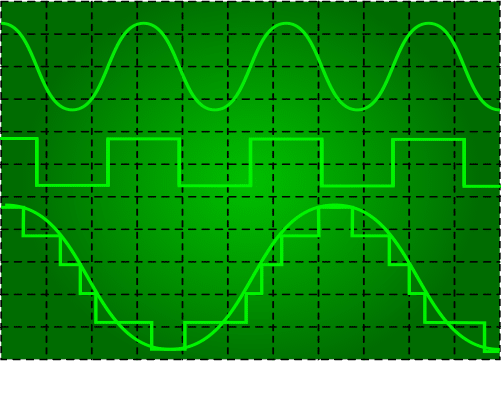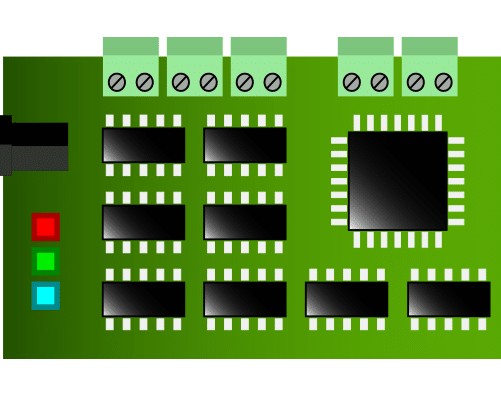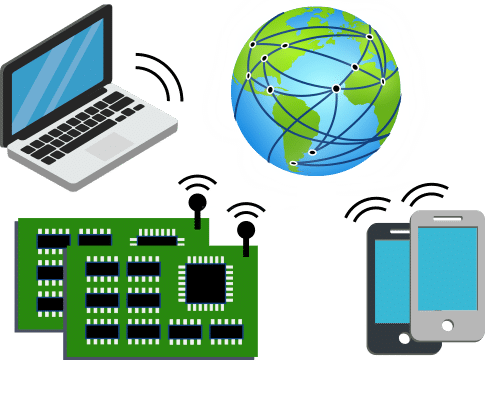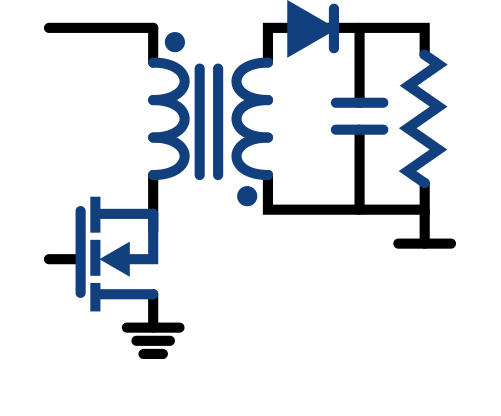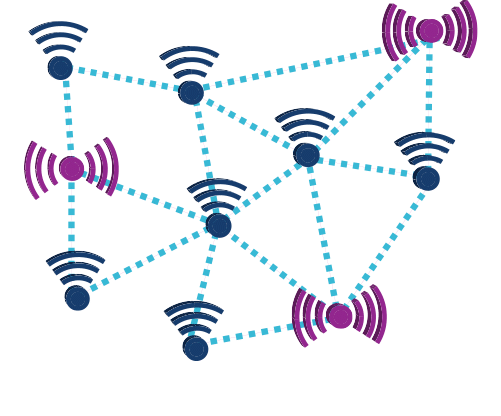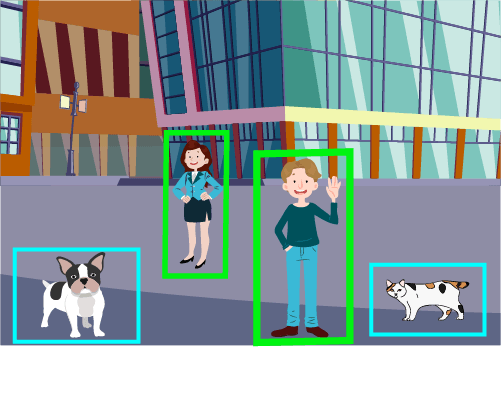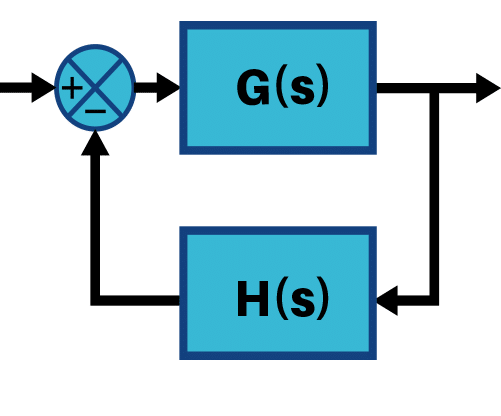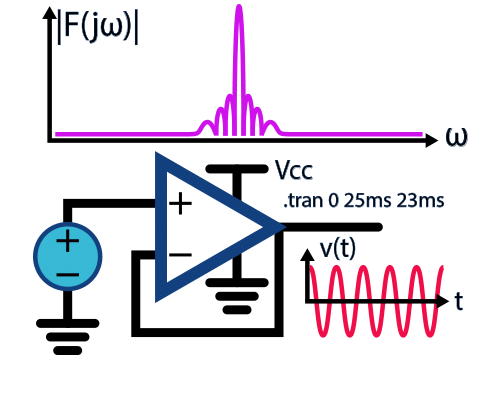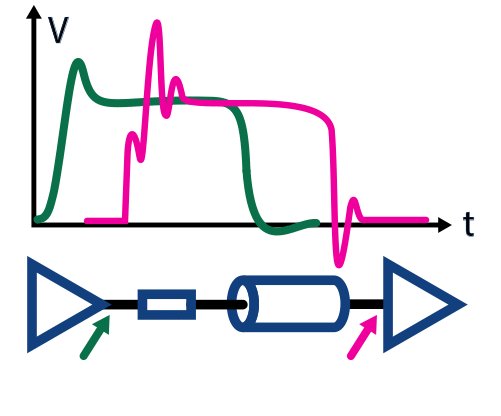Here you will find some Electronics Fields or Areas we have experience in and/or are of our interest. If your project is not related with the topics described here, don’t worry, we love Electronics so please contact us anyway. If you want to see some of our designs, please visit our Custom PCB Gallery.
Analog/Mixed signal
In a large number of systems and in almost all electronics fields, there is an interface between the analog and digital domains. When these two domains meet, we are referring to mixed-signal systems. The transition between these two domains is made by a device called Analog-to-Digital converter, or ADC in short. Good design practices must ensure that the ADC samples taken from the analog section are a reliable representation in the digital section. This is especially true when low-level analog signals are present in the vicinity of other sections like power supplies and high-speed digital circuitry. Here at Cohen Electronics Consulting, we have plenty of experience in mixed-signal design.
Some topics related to this field are:
Data converters – Analog to Digital and Digital to Analog.
Audio – Amplifiers, filters and digital signal processing DSP
High frequency AD and DA – Data acquisition frontends and signal generation.
High noise susceptibility signals – EMC aware PCB design.

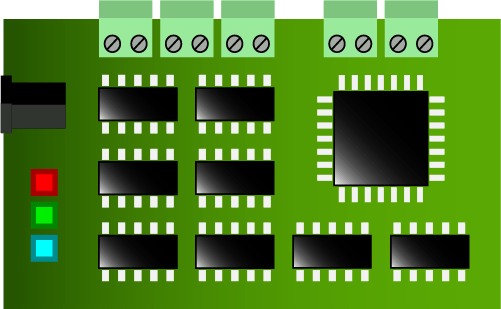
Embedded Systems
Today embedded devices are present in almost every electronic system, from the very simple to the very complex and in all electronics fields. Despite the name “embedded system devices” is somewhat new, they have been around us for several decades. Examples of an embedded system can range from a simple calculator to cellphones and advanced navigation systems. Therefore when we refer to an embedded system we are talking about computer-based systems and subsystems.
Some devices we use that are in this field:
FPGAs
- Field programmable gate arrays from Intel Altera. More info on Intel Altera FPGAs.
- ASICs
- Application Specific Integrated Circuits in general.
ARM microcontrollers and processors
- For all kinds of products and electronics fields, from embedded to large systems.
Embedded Linux
Computer hardware without software is useless and this is true in almost all electronics fields. Today’s complex design requirements and short times to market make the use of an operating system a must if you want to have a working product on schedule. Once you use Linux in an embedded system you can rapidly take advantage of the operating system’s resources like file systems, interprocess communications, protocol stacks, multitasking capabilities, and so forth. As a result, they will save tons of effort when compared to starting from scratch.
Operating systems such as Linux perform very well in several areas and are an excellent choice for powerful CPUs such as the ARM Application Processors.
Some topics related to this embedded Linux are:
Linux porting
- Rebuilding Linux binaries for targeting specific ARM processors and custom PCBs.
- Application Programming
- C, C++ and C#
- Python
- BASH Automation scripts for Linux operating systems.
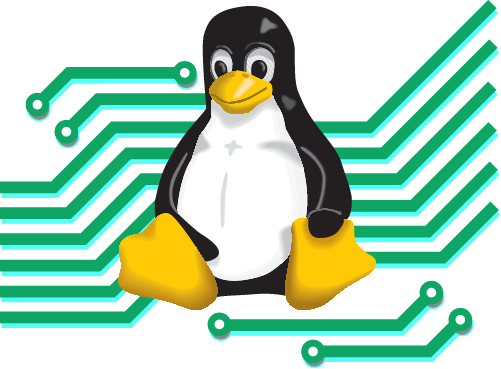
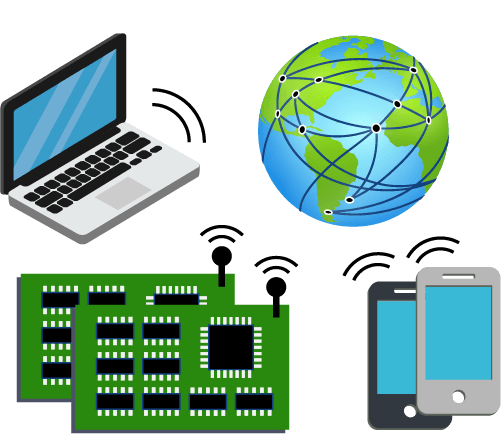
Machine to Machine (M2M)
Electronic systems in general do lots of work without human intervention, and this is especially true for some applications where events such as accidents or thefts must be detected and warned in time. Machine to machine systems, as the name implies, is referring to systems that perform automated communications between electronic devices through a wired or wireless communication channel. The information to be exchanged could be measurements from certain sensors or any other data source that reflects the occurrence of an event that implies an action to be taken without manual assistance. There are numerous examples of M2M applications like data-logging, safety mechanisms, automated notifications, intelligent houses, automated industries, etc. Applications for M2M can be found in all electronics fields.
When the communication channel is the Internet, the device is said to belong to a class called “The Internet of Things” commonly known as IoT. Due to the massification of Internet and evolution of communications, M2M systems are growing at a very large rate. Today’s technology enables systems to communicate through long distances despite geographical boundaries.
Wired comms
- Ethernet
- CAN
- RS232, RS422 and RS485
Wireless comms
- WiFi
- Bluetooth
- GPRS, EDGE
- UMTS/3GSM, HSPA, HSPA+
- 4G LTE
VoIP Systems
Voice communication through IP networks is spreading more an more every day due to its interesting advantages. Companies around the world, are employing VoIP systems for internal voice and video communications, because they have the advantage of using the company’s computer network. Certainly, since almost all modern companies have a LAN or similar already available, the use of this same network for voice communications is an interesting idea due to its low implementation cost: the only requisites are an Ethernet network and a SIP server. Custom industrial equipment that needs to include voice communication can benefit from VoIP technology.
Emergency call boxes placed on the sides of highways are a good example of the use of VoIP in an industrial scenario.
- Communication Protocols – SIP
Speakerphone – Acoustic Echo Cancellation (AEC) algorithms provide good quality communications when acousting coupling is present between loudspeaker and microphone.

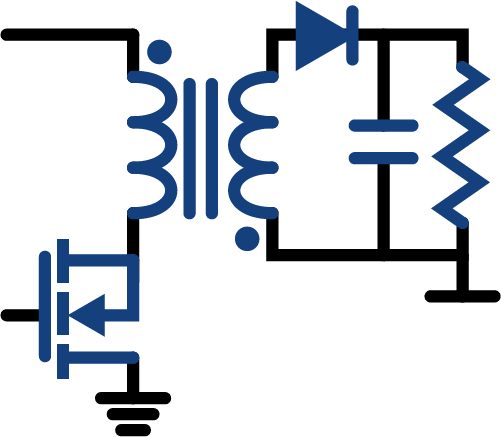
Power Electronics
Power conversion is a very important subject because is common to all electronics fields since all systems require some sort of power delivery unit.
When speaking of Power Electronics we are mainly referring to Switched Mode Circuits such as DC power converters (also known as Switched Mode Power Supplies or SMPS), AC-DC converters and Class D Amplifiers for high efficiency, low volume and lightweight energy conversion.
- Non-Isolated Converter topologies
- Buck
- Boost
- Sepic
- Buck-Boost
Isolated Converter topologies
- Full Bridge
- Half Bridge
- Forward
- Push-Pull
- Flyback.
PFC – Active Power Factor Correction.
Class D Amplifiers – For high efficiency Audio Power amplifiers and Power Signal Generators.
Wireless Sensor Networks (WSN)
Low power wireless sensors networks are very useful for plenty of applications in different fields such as agriculture, healthcare, and distributed sensing. Considering for some applications that no power source is going to be available nearby, an important requirement for these systems is an ultra low power consumption design to ensure their operation during long periods of time without recharging batteries.
Access to this technology is becoming cheaper and widely available, as a result, this is a very interesting electronics field for the next generation Internet of Things (IoT) embedded systems.
Some concepts related to this electronics field are:
- Wireless Protocols
- Zigbee IEEE 802.15.4
- Thread
- Other Sub-GHz protocols
Ultra low power – ULP Design for maximum battery life with Texas Instruments MSP430 family of microcontrollers.
WSN Operating Systems – TinyOS and Contiki operating systems for embedded sensor network applications.
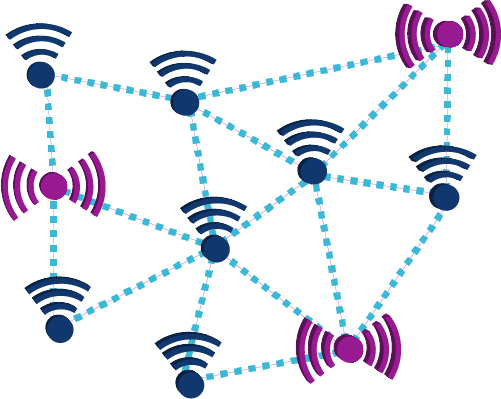
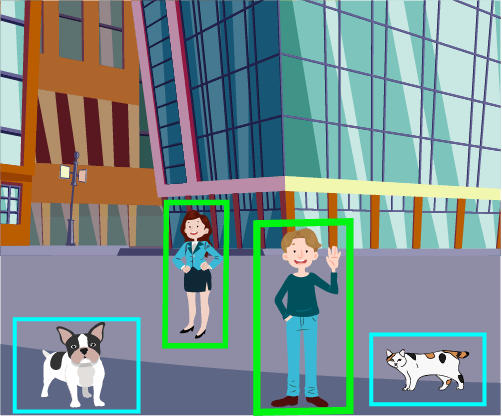
Image Processing and Computer Vision
Image processing and computer vision systems is an advanced electronics field that gives computers the capability of understanding images and extracting data from them. For example, you could extract license plate information from vehicles just from a digital picture. Another example could be giving a robot the possibility of avoiding objects. In the military field, missile tracking systems are one example. In the end, the possibilities are limitless.
This electronics field demands fast computation hardware for performing real-time calculations using complex algorithms. Despite the computational complexity, technology advancement in DSPs and FPGAs available today on the market helps the implementation of fast data processing applications in real-time a reality. To see high-performance computer vision systems in action, check the following link Atlas robots from Boston Dynamics.
- Image Processing
- Edge detection
- Filtering
- Illumination correction,
- Rescaling
- etc.
Computer Vision
- Pattern and shape recognition
- Machine learning
- Artificial intelligence
- Neural networks
- etc.
Robotics – Computer based control of electro-mechanical devices. Based on Image processing and computer vision.
Control Systems
Whether you need to control the speed of a motor or the position of an object, you need Control Systems. Their applications are virtually endless and are present in a great number of consumer products and electronics fields, and in the military and industrial sectors as well. With today’s high-performance analog to digital and digital to analog conversion and fast computing capabilities provided by microcontrollers, DSPs and FPGAs, it is possible to carry out almost all control operations in the digital domain. This allows the engineer to design control loops programmatically instead of relying in hardware only (can’t change over time).
Some examples of control applications are: switched mode power supplies, automobile passenger compartment temperature control, navigation and aircraft control.
Switched Mode Power Supplies – Voltage and current feedback control.
Motor ans Servos Control – For a wide range of applications for DC and AC motors.
Robotics -Robot stability and navigation for unmanned vehicles.
AGC – Automatic gain control for audio and communication systems.
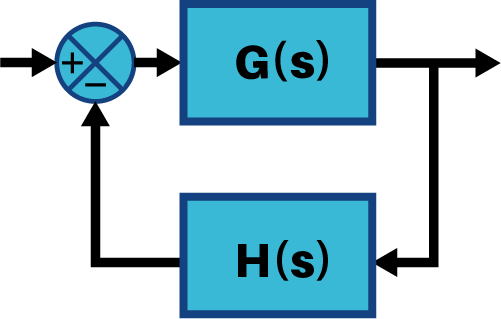

Telecom Systems
If you need to develop a custom communication system for special applications, such as military/industrial or scientific research, proprietary protocols and modulation schemes could be necessary. With today’s high-performance analog to digital and digital to analog conversion, fast computing capabilities provided by DSPs and FPGAs as well as leading-edge RF and microwave devices, radio systems can be implemented almost completely inside a digital system. A common name for this is SDR or Software Defined Radio, and it is becoming more and more interesting due to the endless possibilities that this electronics field can benefit from fast mathematical computation provided by today’s digital signal processing technologies.
SDR – Software Defined Radio
- RF and Microwave Circuits
- High frequency PCB design
- Microwave Filters
- Patch Antennas.
Analog Simulation of Electronic Systems
Behavioral simulation is a very important part of the analog design process whether you are designing an audio circuit, a switched mode power supply or RF/microwave system. When used properly, it can give an insight of potential problems which can be taken into account during the design process instead of finding them once the prototype boards have been already built. Simulation is a must in modern world analog and digital design, where both are present in all electronics fields.
Spice Simulators – LTspice Simulator from Linear Technology
Loop Stability Analysis – Used for closed loop systems such as Linear and Switched Mode Power Supplies (SMPS).
RF Circuit Design – Pre and Post layout simulation of RF and Microwave circuits.
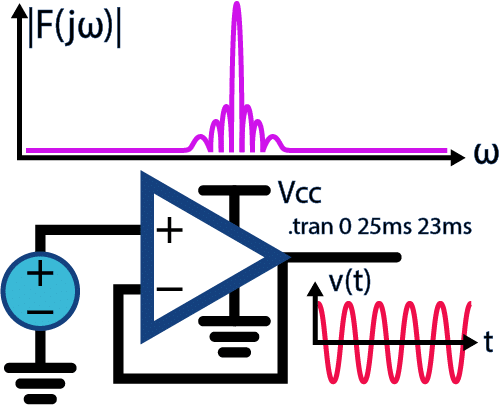
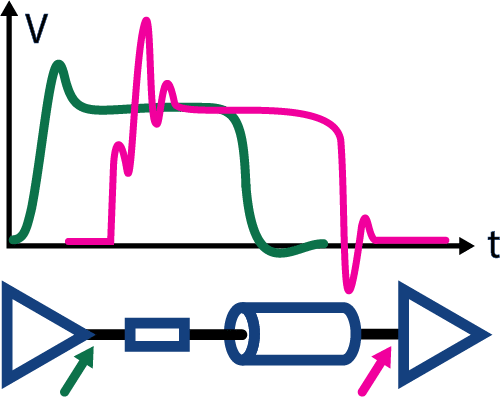
Signal Integrity
“There are two kinds of design engineers, those that have signal integrity problems, and those that will”
This famous quote is exceptionally true when designing modern high-speed digital systems. It doesn’t matter in which one of the several electronics fields you are currently working on, because chances are that you will be dealing with high-speed devices sooner or later.
The very short rise and fall times and high clock frequencies present a major challenge for design engineers. Signal Integrity and Electromagnetic Compatibility problems can be very complex and extremely difficult to detect, however, they can be avoided with careful planning during the design phase by experienced engineers.
High Speed Digital Designs – Circuits involving high speed memories like DDR3 and DDR4 and integrated circuits such as microprocessors, DSPs, FPGAs and ASICs.
EMC – EMI aware PCB layouts.
SI and PI Simulations – Pre and Post layout Signal and Power Integrity simulation of High-Speed Digital PCBs.


